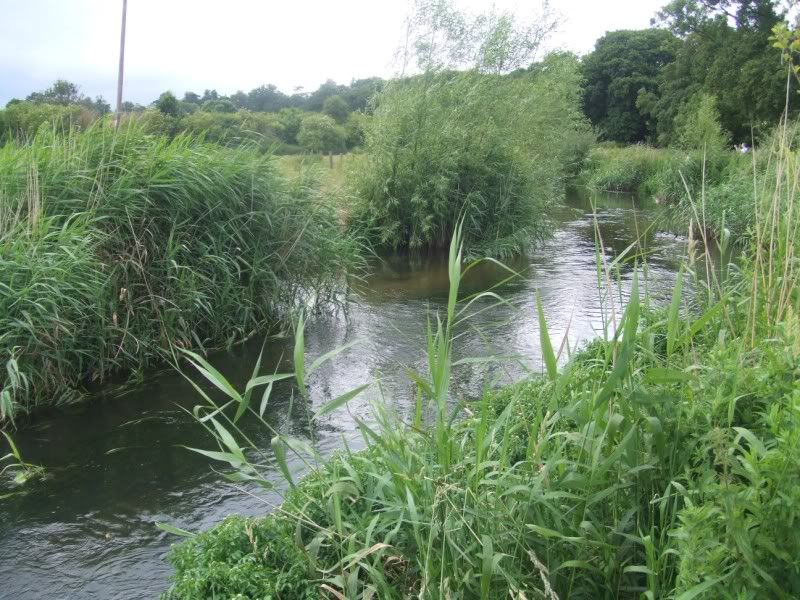flightliner
Well-known member
Do you have them in the Dearne Phil -- loads in the river Rother at catcliffe !.I don't think there's just one specific reason, but I believe that the ever increasing numbers of crayfish are high on the list of possible causes. They are eating many eggs reducing the numbers of fish reaching maturity, unfortunately this is a downward spiral as the increase in crayfish numbers means even less successful recruitment of the fish eggs.
Last edited:

